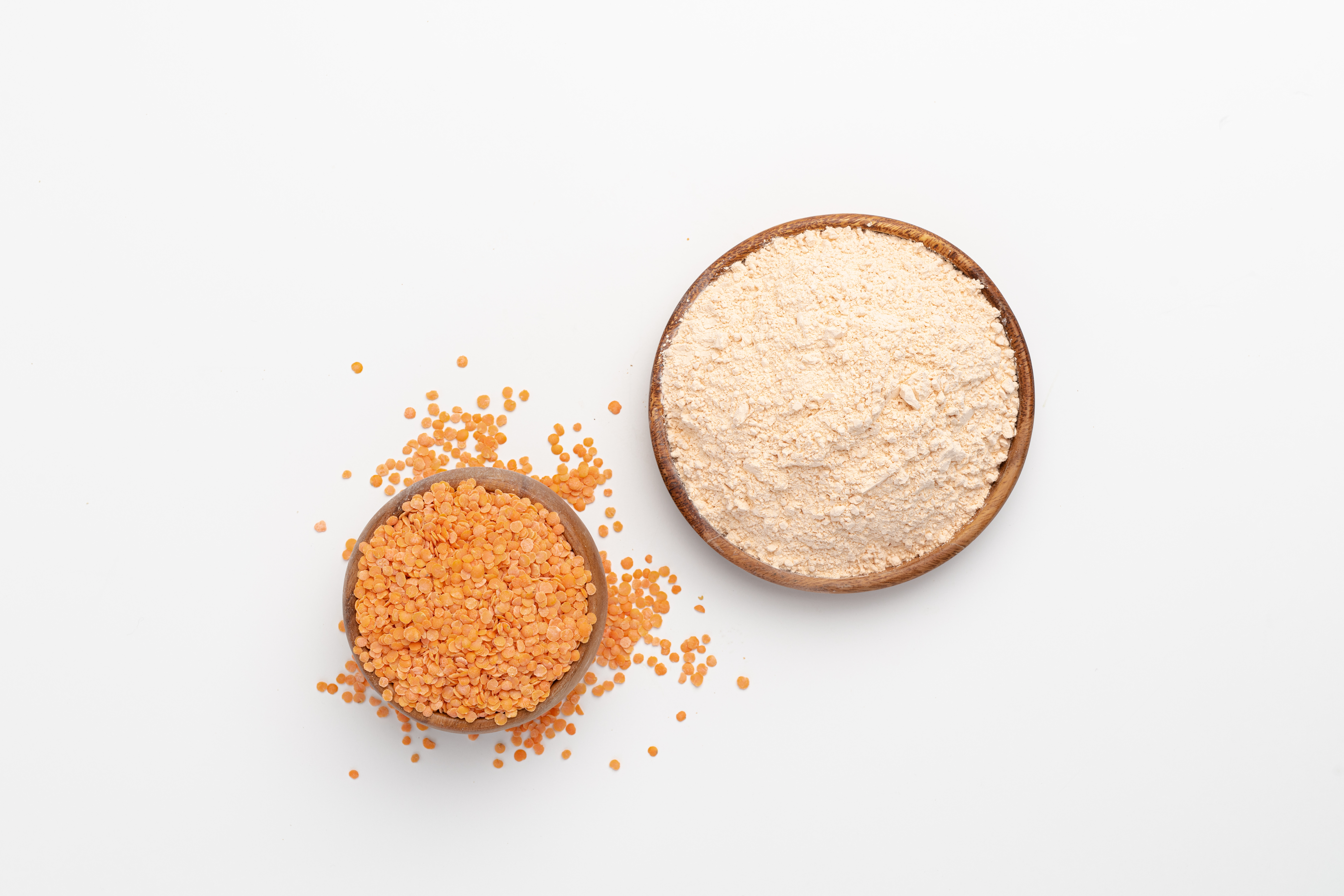By Peter Semmler, Agrisemm Global Brokerage
November 2020
The 2020 year got off to a good start and due to some timely rain during the rest of the season, the prospects for the major pulse crops are looking very good as harvest draws close.
The only real concerns are weather and the recent emergence of the La Niña effect with the possible rain events that may happen. There may be minimal benefits from more rain for most crops. Rain now is more nuisance value and may cause damage like discoloration, quality downgrades, etc.
November Production Estimates
Desi Chickpeas
For clarification, the last Pulse Australia forecast was in August this year. Since then the Australian Bureau of Agricultural and Resource Economics and Sciences (ABARES) put out their estimate in September. As was foreshadowed in the last report rain was late coming to Queensland and was below what was needed. The crops in Central Queensland have yielded lower than hoped. Traders still expect some bulk vessels to be loaded from North Queensland ports, most likely to Bangladesh.
While the production for Queensland will most likely be below expectations the situation changes dramatically over the border into Northern New South Wales (NSW). Out in the west around towns like Walget (according to traders we spoke to) the crops are looking amazing. Considering much of this area has been in drought, this is a great outcome. Harvesting is just starting in this area but initial results are very positive. We have put the anticipated production for Desi chickpeas to be in the range of 750-800,000 tonnes. On the market Desi prices are mid-range at the moment. The last offer we heard was $530 USD cost and freight (CFR) Karachi.
Faba Beans
The season has been very kind to faba beans since the first report in South Australia (SA), Victoria, and NSW. The early NSW crop was looking very good until there was a serious outbreak of bean yellow mosaic virus for which aphids are a vector. A significant area of the NSW faba beans were devastated by this disease.
Harvesting the affected beans was somewhat futile. Most traders we spoke to thought that whatever the losses were will be more than made up from the excellent yields in Victoria and SA. In Western Victoria current indications show many of the crops should yield around 4 tonnes per hectare (t/ha) or 59 bushels per acre (bu/ac). Yields around the Wimmera are also looking good. Across the border in southeast of SA faba bean crops are also looking very good. With a soft finish forecasted many of the crops should yield 4-5 t/ha (59-74 bu/ac), hence we are now forecasting a production of 550-600,000 tonnes.
While this is good news on the supply side the prospects for exporting are looking quite subdued. The main market remains Egypt and their economy has been badly affected by COVID. Initial sales were around $430-440 USD CFR Damietta. Trade has been subdued and the last prices are around $380 USD. Traders expect some new demand to come from the stockfeed sectors but time will tell. We expect the faba bean market to remain fairly flat in the short term.
Lentils
Global demand for red lentils has been firm through most of the year for both Canadian and Australian origins. While the general view was that the carry-in of lentils last October was significant, it came as a surprise that Australian exports from October 2019 to August 2020 was 667,875 tonnes, almost double the previous year. Certainly spot lentils have been harder to buy and prices have firmed.
Thankfully the production outlook for red lentils is looking very good for similar reasons to faba beans. Apart from some small frost damage events, the outlook for the rest of the crop is for above average yields, and final production of between 550- 600,000 tonnes. The market remains firm and recent trades reported were around $600 USD CFR Karachi.
In conclusion the season is looking very promising this year from the production side. How the market pans out, particularly for faba beans, remains somewhat problematic.
Peter Semmler is the Principal of Agrisemm Global Brokerage. He can be reached at peter@agrisemm.com.



